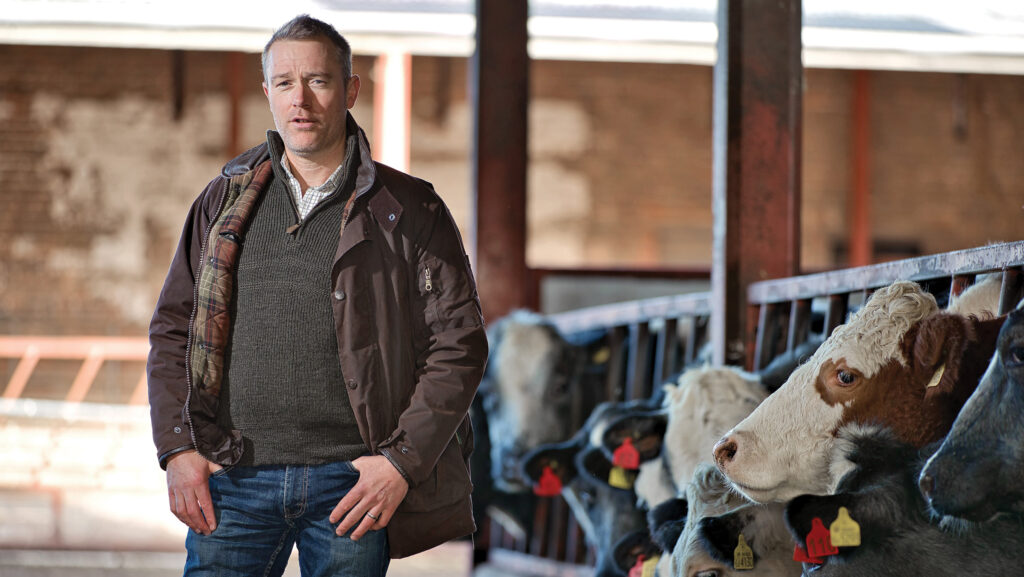Will’s World: Why I’ve made a temporary return to tillage
 © Richard Stanton
© Richard Stanton There’s something about ploughing.
I don’t know if it’s the smell of freshly turned earth, the satisfaction of the straight lines and level surfaces, or the solitude and time to contemplate life that comes with it.
Whatever it is, I find it to be tremendously evocative.
See also: On test: Kverneland’s updated six-furrow LO plough
I suppose that, with the possible exception of shepherding, it’s the farm job that most closely links us to the hundreds of generations that have gone before us.
Put an ancient Egyptian, a Viking, a European serf from the Middle Ages, and a modern-day farmer in a field together, and after the initial astonishment had died down, I suspect they’d be able to somehow communicate about the soil conditions, as well as have a good old moan about the weather, grain prices and the state of their current leaders.
“You think the pyramids were a waste of money? Let me tell you about HS2!”
Anyway, I’ve been busy with it this week, so once again that’s me blackballed from the Direct-Driller’s Hipster Club after four years of fruitlessly striving to gain entry.
I haven’t done a lot of ploughing recently and, overall, our switch to zero-till has been quite successful, despite a few hard lessons learned along the way.
Soil organic matter and worm counts have improved, crop establishment costs have dropped significantly, and a huge amount of time has been saved, which is obviously important when you get good weather windows that are narrower than the average GB News presenter’s mind.
Fuelish endeavour
Therefore, reverting to the plough this year wasn’t a decision I took lightly, and I even considered taping over the fuel gauge on the tractor to stop myself looking at the needle moving seemingly every few seconds as I drove along.
And don’t get me started on those dirty seagull worm-thieves.
There was good logic in it, though. First, because we need to get on top of the brome in the barley.
This summer’s crops were dirtier than a Soho sex shop, and I can’t stand another year of ribbing about it from friends.
So it’s back to good old cultural control for the foreseeable in that particular crop, at least until we get an effective herbicide.
There’s also the fact that after 12 months of floods and terrible weather, our fields resembled the aftermath of the Battle of Passchendaele and needed something of a reset.
Combining certainly wasn’t a lot of fun this year, as I bounced through channels and ruts carved out by the river, not to mention the numerous bare patches where the crops had been washed away.
Mat finish
You’d also be amazed how much of an acres-wide thick mat of straw a flood will leave when it recedes from a direct-drilled field, killing anything beneath it.
Perhaps that doesn’t matter so much if you’re farming half a county, but it’s certainly something to consider on a relatively small unit like ours.
We’ll see what the next 12 months brings.
It’s funny how I feel the need to justify our temporary return to tillage, though.
Bizarrely, in some circles it makes you about as popular as people who kill baby seals for a living, and it worries me how policymakers have latched onto the “plough bad, zero-till good” dogma, because it’s not that simple.
I wouldn’t bet the farm on glyphosate being available in the long term; the climate’s changing even faster than most of us imagined; and ever-shrinking margins are making specialist machinery more difficult to justify.
God speed the plough? I certainly hope so.

